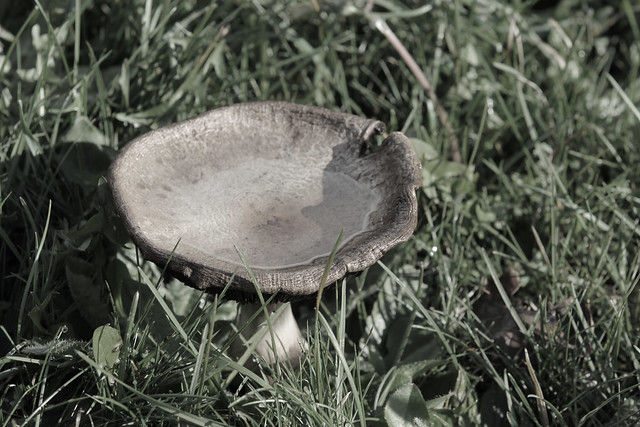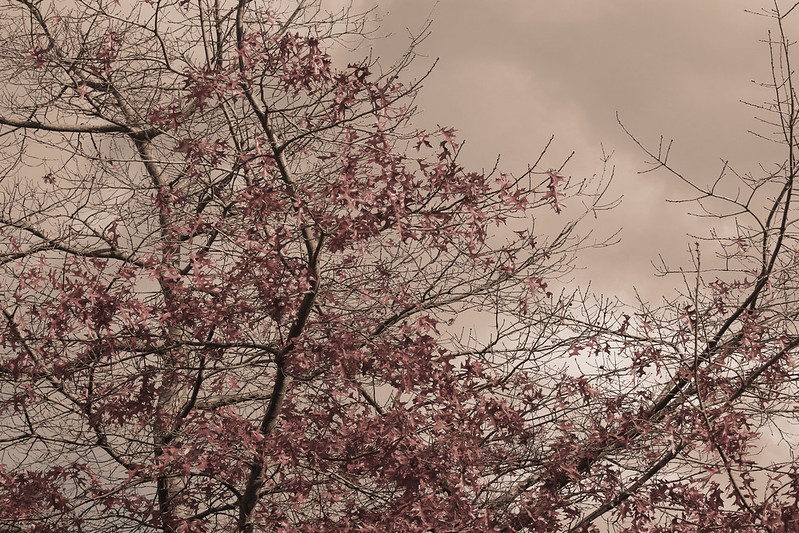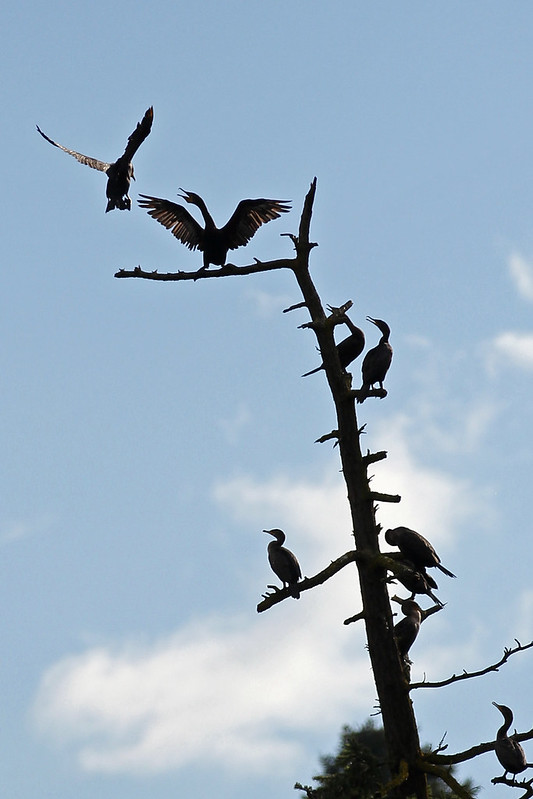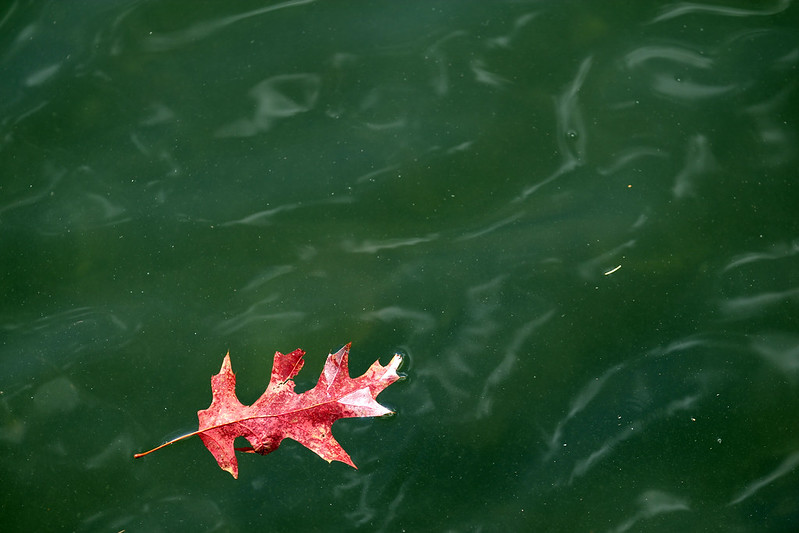The latest time I went to the
Nature House
at Elk/Beaver Lake this fall, I expected to use my science talents, but I never
expected to meet a new neighbour. A small neighbour, and new to me but a
long-time resident of the area.
First sign of the little
neighbour was a loud, repeated "CHIK!" sound from outside and behind the
Nature House. I put down my gear -- a folding inflatable kayak in its
bag, and a small drybag holding my wallet and spare dry shirt -- and
walked round to the back of the Nature House. Up in a poplar tree was a
small animal running from branch to branch, occasionally pausing to
declare "CHIK!" in indignant tones.
Eventually I saw glimpses of
it through the branches. It wasn't a bird as I'd thought; it was a furry
four-footed animal. It wasn't a squirrel, either a red squirrel or a
grey squirrel. Squirrels have long bushy tails. It wasn't a rat, either
-- this animal's tail was shorter and furry, not long and bald. This
little animal had a neat small head, and its furry coat was dark on the
back with a white underside. I watched it scurry high in the branches,
scolding another animal that was unseen; perhaps it was scolding a crow
or raven.
Then I went into the Nature House, curious to figure out
what I had seen. It was time for a little simple science research. But
with no computer access to the internet, it was time to hit the books.
 |
This photo is from ZooChat.com - check out their website!
|
First book I found on the Nature House shelves was
Mammals of British Columbia. It's a great resource, with photos as well as descriptions of the animals and their habitats. The second book I opened was
Carnivores of British Columbia. I had an idea what kind of animal this might be.
The
sound this animal made reminded me of the sound I'd heard a baby river
otter making on a seashore one day, and otters are carnivores. I
wondered what kind of animals are related to otters, and are found in
trees? Was this animal a pine marten, or maybe a fisher? It wasn't
anywhere near big enough for either.
The little animal turned out to be the smallest member of the mustelidae family:
a least weasel.
How
wonderful it was to see this neat, bright little animal in the photos,
and match it to the little fellow scrambling quickly through the trees.
Small books like the ones in the Nature House or the public library are
so useful for understanding more about our animal neighbours. I'm so
glad that when I heard the sound of the weasel in the tree, I didn't
just assume it was one more crow among many.
Later at home, I was
able to find all sorts of interesting websites that can help us figure
out what animals we're seeing in the woods, or traces that animals leave
behind. One of them is the
Canadian Museum of Nature website, which has lots of resources for learning a little or a lot. And it's bilingual!
The University of British Columbia has posted a
list of animals. Canadian Geographic magazine has a website listing
animal fact sheets for free download in English or French. And the Ministry of the Environment has an
Identification Manual to the Small Mammals of British Columbia,
with a link so that you can download and print it if
you like. This manual is really detailed, right down to five drawings
detailing key differences among chipmunk genital bones. That's a little
more detail than I needed to identify my neighbour, the least weasel.





















